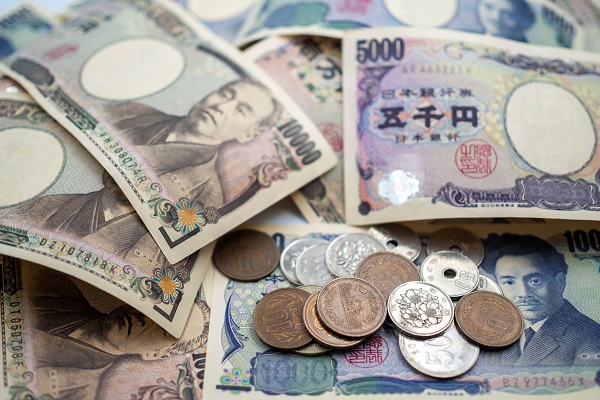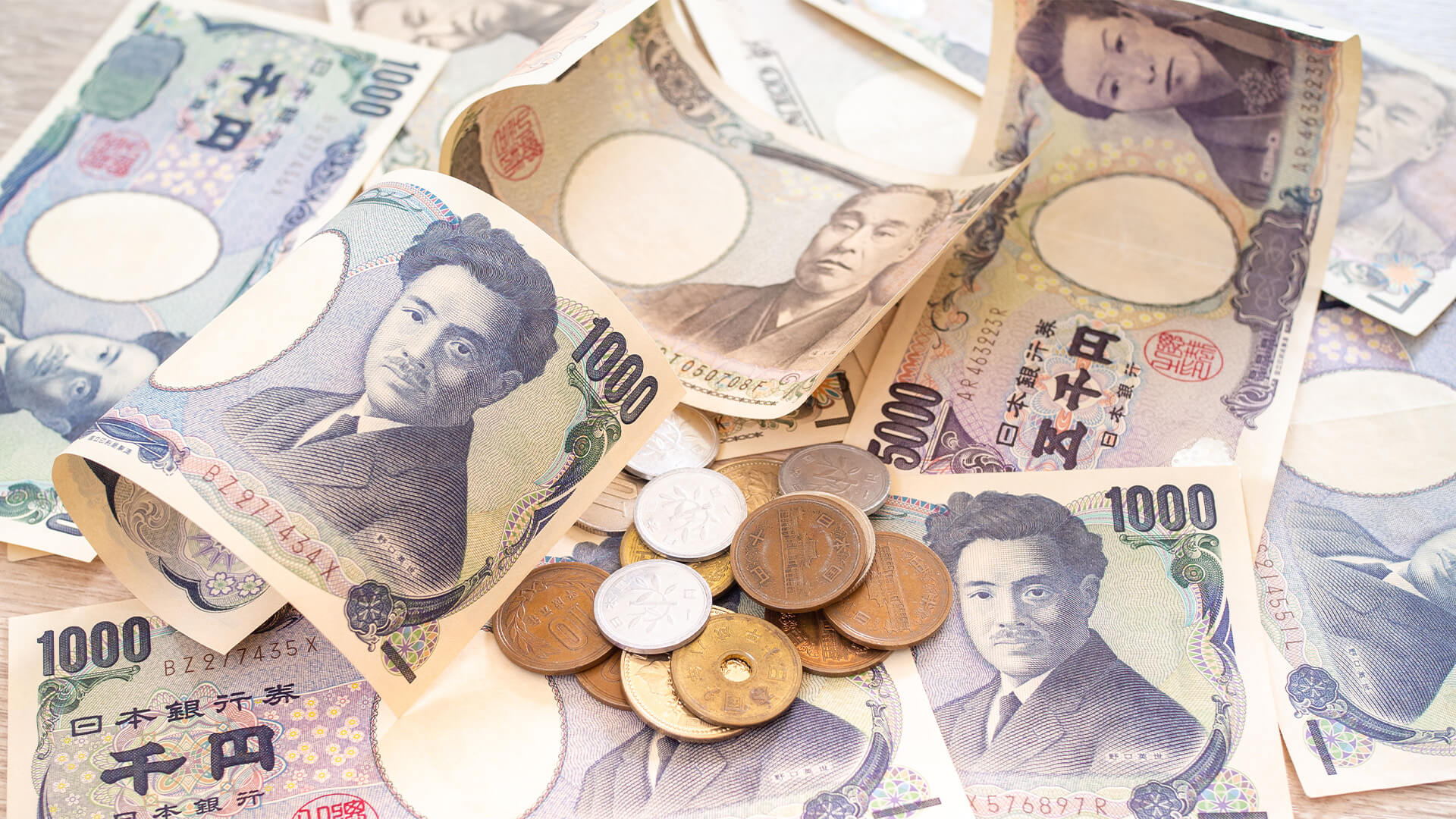The Yen's Redemption Arc: Why Dollar Bears Are Flocking to Japan's Currency Amid America's Credit Crisis
When Moody's stripped the United States of its pristine AAA credit rating earlier this month, financial markets witnessed something remarkable: investors didn't just abandon the dollar—they fled straight into the arms of the Japanese yen. This marked a dramatic resurrection for a currency that many had written off as a safe haven, and it's reshaping how we think about crisis currencies in an increasingly multipolar world.
The yen's rally has been nothing short of extraordinary. As Nikkei Asia reported: "U.S. President Donald Trump's policies have spooked investors to shift to dollar-selling and yen-buying as a safer alternative, briefly advancing the Japanese currency to the 139 range against the greenback on Tuesday."
The numbers tell a compelling story: the yen has gained nearly 9% against the dollar so far in 2025, with much of this appreciation coming after the Moody's downgrade triggered what ING strategists described as "the biggest one-day drop" in the dollar index since November 2022.

The Mechanics Behind Yen's Safe Haven Revival
Understanding why the yen has regained its crisis currency credentials requires examining several interconnected factors that distinguish it from other potential dollar alternatives.
Interest Rate Arbitrage: Unlike the era of ultra-loose monetary policy, Japan's interest rate environment has fundamentally shifted. The Bank of Japan ended its negative rate experiment and has raised rates to 0.5%—the highest level since 2008. As former FX diplomat analysis suggests, "if the weak yen is pushing up inflation, that would justify raising the BOJ's policy rate from the current level of 0.5%," with potential for two more rate hikes this year.
This creates a fascinating dynamic where Japan offers higher yields than many European counterparts whilst maintaining its traditional safe-haven characteristics.
Carry Trade Dynamics: Perhaps more significantly, the yen's strength is being amplified by unwinding carry trades. For years, investors borrowed cheaply in yen to invest in higher-yielding assets elsewhere. The recent volatility has triggered what Wellington Management calls "the yen carry trade unwind," where "major domestic institutions, such as life insurers, could sell U.S. bonds in response to erratic U.S. policy, potentially triggering a Yen carry trade unwind that would severely affect tech stocks."
This creates a self-reinforcing cycle: as yen strengthens, carry trades become more expensive to maintain, forcing more unwinding and further yen appreciation.
)
The Quality Question: How Clean a Safe Haven?
However, the yen's safe-haven status isn't without complications. HSBC's analysis raises important caveats: "Over the near term, we think the JPY may not be an entirely 'clean' safe haven currency since Japan is also exposed to US tariff risks (e.g. auto tariffs will hurt Japanese car manufacturers)."
This touches on a crucial nuance often overlooked in mainstream coverage. Japan's export-dependent economy means it's vulnerable to the same trade disruptions that are undermining dollar confidence. Yet paradoxically, this hasn't prevented investors from viewing the yen as a refuge.
The explanation lies in relative perception. As one LinkedIn analysis notes: "Japan's economic resilience has historically attracted investors seeking a safe harbor during global economic storms. Complementing this, the BoJ's sustained low-interest-rate environment, while debated for its long-term efficacy, can enhance the Yen's appeal amid global financial instability."

Safe Haven Hierarchy: Where Does the Yen Stand?
In the evolving safe-haven landscape, the yen faces competition from several alternatives, each with distinct characteristics:
The Euro's Liquidity Advantage: Bloomberg reported that "the euro's fastest rally in a decade and a half is gaining traction, with traders betting on a move to $1.20." ING strategists explain this surge: "We believe it is the alternative liquidity offered by the euro. No doubt this is something European policymakers are keen to explore—and we'll be writing on the subject over coming weeks on what needs to happen to make the euro a more attractive asset for FX reserve managers."
The euro benefits from being "the next most liquid G10 currency" after the dollar, with "daily FX liquidity about a third of the dollar's, followed by the yen at about one-fifth of dollar liquidity."
Gold's Traditional Appeal: The precious metal has seen renewed interest, with SCMP noting that "gold, a popular safe haven during times of geopolitical and policy uncertainty, is expected to set a new record this year." Goldman Sachs maintains "its gold price forecast of $3,700/oz by year-end and $4,000/oz by mid-2026," reflecting concerns about fiscal sustainability.
The Swiss Franc's Stability: Switzerland's currency remains a consistent crisis performer, though it lacks the liquidity depth of the yen or euro for large-scale institutional flows.
The Yen's Unique Positioning
What sets the yen apart in this safe-haven competition is its combination of traditional stability credentials with evolving monetary policy dynamics. Research from academic sources suggests "the Japanese yen and the Swiss franc are the only two currencies that on average appreciate against the U.S. dollar during crisis periods," but the yen's larger market size makes it more accessible for institutional flows.
Wellington Management's analysis captures this well: "The yen is regaining its safe-haven status, as evidenced by its recent performance over 'Liberation Day' in the US. At the same time, it's benefiting from potential Bank of Japan policy normalisation."
This dual dynamic—crisis appeal plus policy normalisation—creates a unique value proposition that neither the euro (facing its own challenges) nor gold (lacking yield) can fully replicate.
Singapore Investor Implications
For Singapore-based investors, the yen's resurgence carries several practical implications:
Portfolio Diversification: The yen's performance demonstrates the value of currency diversification beyond the traditional USD/SGD dynamic. Singapore investors with regional mandates may find yen-hedged strategies increasingly attractive.
Regional Trade Dynamics: Singapore's role as a regional financial hub means yen strength affects trade financing and regional investment flows. Stronger yen typically supports Asian risk assets by improving regional liquidity conditions.
Interest Rate Arbitrage: With the BoJ potentially raising rates further whilst the Fed faces pressure to cut, Singapore investors might consider yen-denominated fixed income as an alternative to traditional USD bonds.
The Structural Shifts Mainstream Media Misses
Several under-reported factors are amplifying the yen's safe-haven appeal:
Repatriation Flows: Japanese institutional investors, particularly life insurers and pension funds, are increasingly repatriating overseas investments amid domestic market volatility. This creates structural yen demand independent of speculative flows.
Technology Sector Exposure: The unwinding of yen-funded tech investments creates feedback loops where falling tech stocks trigger more yen buying, which in turn pressures tech valuations further.
Geopolitical Positioning: Japan's strategic neutrality in US-China tensions positions the yen as a "clean" Asian alternative for investors seeking exposure to the region without taking sides in the trade war.

Looking Ahead: Sustainable Haven or Temporary Refuge?
The sustainability of the yen's safe-haven revival depends on several evolving factors:
Policy Normalisation: Continued BoJ rate hikes would support the currency whilst potentially creating new carry trade opportunities in reverse.
US Dollar Dynamics: The fundamental question remains whether dollar weakness is cyclical or structural. If Moody's downgrade represents the beginning of sustained dollar decline, the yen's role as an alternative becomes more permanent.
Global Trade Patterns: Any escalation in trade tensions could test the yen's safe-haven credentials given Japan's export dependence.
The evidence suggests we're witnessing more than just a temporary flight from dollar assets. As one analyst noted: "The critical question now becomes: what are the likely implications and potential triggers for a more significant Yen appreciation?" With "the Yen's current undervaluation" and "confluence of factors positioning the Yen to emerge as a leading safe-haven asset during any future economic downturn."
For Singapore investors, the yen's renaissance represents both opportunity and cautionary tale. While offering genuine diversification benefits and potential returns, it also highlights how quickly traditional safe-haven hierarchies can shift in response to changing global dynamics.
The dollar's dominance isn't ending overnight, but its monopoly on crisis demand is clearly fracturing. In this new environment, the yen's combination of liquidity, policy flexibility, and regional relevance positions it as a credible alternative for investors seeking refuge from American fiscal uncertainty.
As we navigate this transition, Singapore's strategic position allows investors to benefit from multiple safe-haven currencies rather than betting on any single alternative. The yen's revival reminds us that in finance, as in geopolitics, hegemony is never permanent—and smart money always keeps its options open.
Disclaimer for The Financial Coconut:
The Financial Coconut is a financial education platform dedicated to empowering individuals with simplified insights into money, investing, and personal finance. By engaging with our content—including articles, podcasts, videos, or social media—you acknowledge that none of the information provided constitutes financial, investment, tax, or professional advice of any kind. Our content is designed strictly for educational and informational purposes.
Your financial journey is unique, and while we aim to make complex topics digestible, we strongly encourage you to consult licensed professionals (financial advisors, accountants, legal experts, etc.) before making decisions that impact your wealth, career, or lifestyle. Past performance of investments discussed is not indicative of future results, and all investments carry risks, including the potential loss of capital.
The Financial Coconut, its creators, and contributors are not liable for any actions taken based on our content. Remember: We’re here to spark curiosity and share knowledge, but you own the choices you make. When in doubt, seek a pro!
Stay savvy,
The Financial Coconut Team
Let us know what you think about this topic, and what do you want to hear next.
You can now be our community contributor and make a pitch to have your favourite personality be on our show.
Join our community group and drop us your insights on this topic.

-3.png?width=50&name=Square%20(2)-3.png)








Let us know what you think of this post